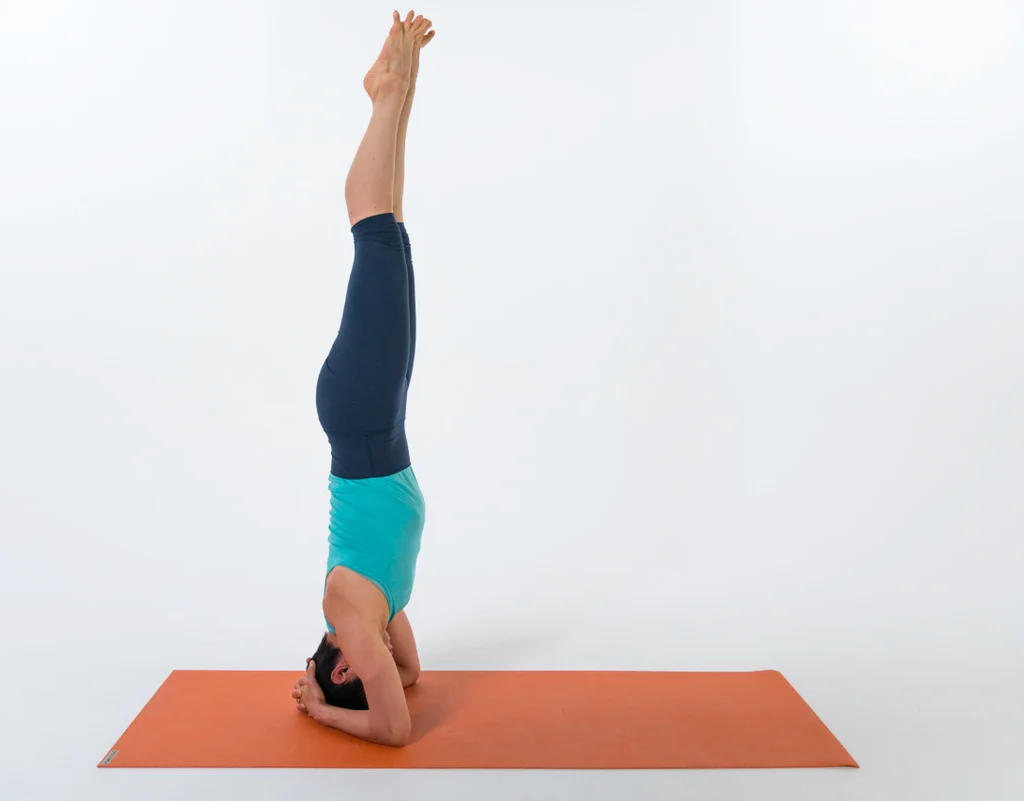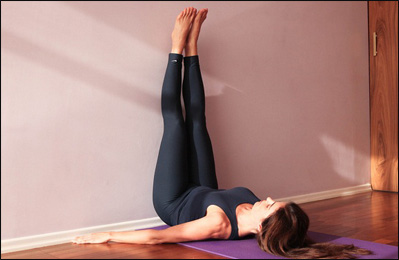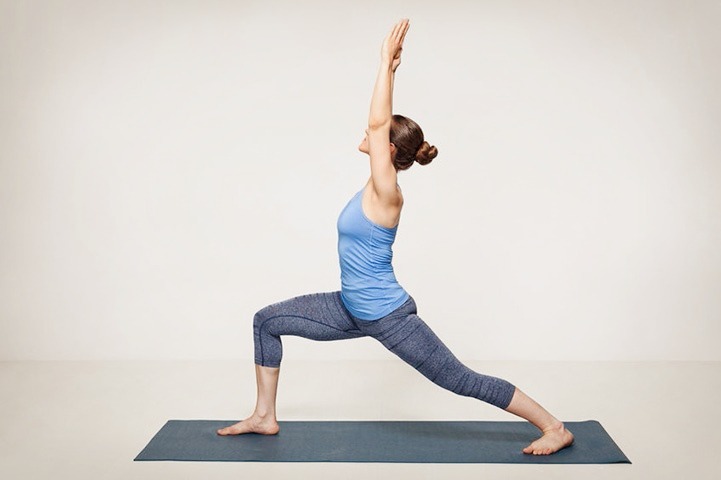Vashisht Pranayama is also known as the inverted breathing technique. It is one of the most fruitful pranayamas that not only helps you achieve peace of mind and a calm state of being but also gives your body incredible health benefits.
It helps restore the natural balance in our body by activating the parasympathetic nervous system, or ‘rest-and-digest’ response we experience when we are calm and relaxed.

How To Do Vashisht Pranayama?

As we have mentioned above, this is a very simple pranayama technique that you can practice either lying position or in a seated position. Since it simpler for beginners in lying position so we have mentioned the detailed steps in lying position only.
1. Take a deep breath and lie down on your yoga mat. Ensure that your spine is aligned straight.
2. Bend your legs such that your ankles are around half feet away from your hips.
3. Face your palm upwards and relax.
4. Start with a slow and deep exhalation
5. Your stomach goes inwards as you exhale and take your stomach outwards as you inhale.
Try to visualize it as if a balloon is being inflated when you inhale and as you exhale, it gets slowly deflated.
Slower and deeper the breathing flow in this pranayama more effective it would be for you.
5. Practice this pranayama technique for around 5-10 minutes and then relax.

Science of Vashisht Pranayama
Vashisht Pranayam is a building block for many other pranayama. It helps in establishing the foundation of deep and long breathes in yoga practitioners.
Let us try to understand the science of Vashisht Pranayama which make it so beneficial. As we all know that the air that we breathe in goes into the lungs and lungs are the crucial organs where the breathe is stored for all the body needs.
Between the lungs and stomach is a sheet like muscular organ called diaphragm. When we breathe in air along with stomach expansion the diaphragm moves down creating more space for lungs to store air. Hence more oxygen for the body.
When we do this entire practice in sleeping postured as illustrated in how to do section the expansion of stomach is made easier, leading to more space for lungs.
Now that we have well understood the science, lets delve into the benefits of Vashisht Pranayam.
Benefits of Vashisht Pranayam
Wondering how this yoga pose benefits you? Let’s find it out:

- Strengthen Abdominal Muscles
When you breathe in, your perineum muscles (the muscles between the anus and the pubis) are contracted and when you exhale, these muscles are relaxed. - Better blood circulation
It helps to spread more oxygen throughout the body, which assists in better functioning of different body parts. Also, when more oxygen goes to the tissues and cells, you get rid of harmful bacteria and viruses, thereby boosting immunity. - Increases lung capacity
Vashisht Pranayam forces your diaphragm to expand entirely, creating a space to be filled with air. - Relives stress
This pose also helps in relieving stress through appropriate breathing and better respiration. Practicing this pose daily can help those with anxiety feel calm and peaceful.
Contraindication
- If you are suffering from any respiratory ailments such as asthma, bronchitis, emphysema, or sinusitis, it is best to avoid this pranayama as it can worsen your condition.
- If you are experiencing a headache, it is better to avoid this pranayama as it might aggravate your headache.
Conclusion
Vashisht Pranayama is one of the most effective pranayamas that you can practice to calm your mind, reduce stress, induce sleep and improve your overall health.
It is also an effective technique for people who suffer from insomnia and sleep disorders.
So, are you going to include it in your yoga sessions from tomorrow? Comment below
Share with your friends and family to encourage them to do this helpful yoga pose.
Happy Yogaing!



